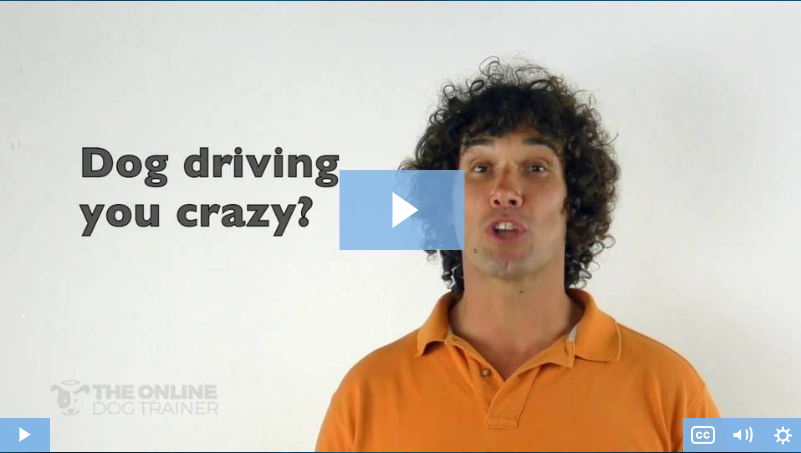There are plenty of benefits to cage training a puppy.
For instance…
- You get peace of mind that your home won’t be destroyed if you ever have to leave.
- House-breaking your puppy much easier.
- It gives your puppy a sense of belonging and security.
- It gives your puppy a place to stay when you have to leave the house for a short while.
The list goes on.
But before we go into the in’s and out’s of cage training a puppy. It’s essential you learn the 5 Key Exercises that will leave your puppy calm, attentive, and ready for training.
Watch the short video below…
Now, there will be times when you feel like smashing your head against the wall, especially when thing don’t instantly go to plan.
But in the end, it will be completely worth it.
You’ll develop both a strong and stable relationship with your puppy, that will continue into a happier and more importantly, stress-free puppy in the long run.
So without wasting any more of your time, here are some tips and guidelines for cage training your puppy.
Cage Training A Puppy – Setting Your Pup Up For Success
Setting Up The Crate
So first things first…
Buy an appropriately sized cage.
A few to consider include…
- Plastic cages (often referred to as kennels)
- Collapsible metal pens (sometimes called crates)
- Cloth enclosures
When choosing a cage it’s important to make sure it is a good fit for your home.
Just as important, your puppy should fit its cage.
These cages come in a variety of shapes and sizes and it’s essential that invest in one that is not only sturdy and strong but will provide plenty of free space as your puppy continues to grow into a mature adult dog.
Many cages have moveable dividers, so you can adjust your puppy’s cage to fit as he grows.
Keep the cage out of direct sunlight. While the warmth of the bright light can be nice in the winter, the glare can be annoying for your puppy.
And during summer, the bright light might make it uncomfortably hot.
Related: 5 Step-By-Step Exercises To Prepare Your Puppy For Cage Training
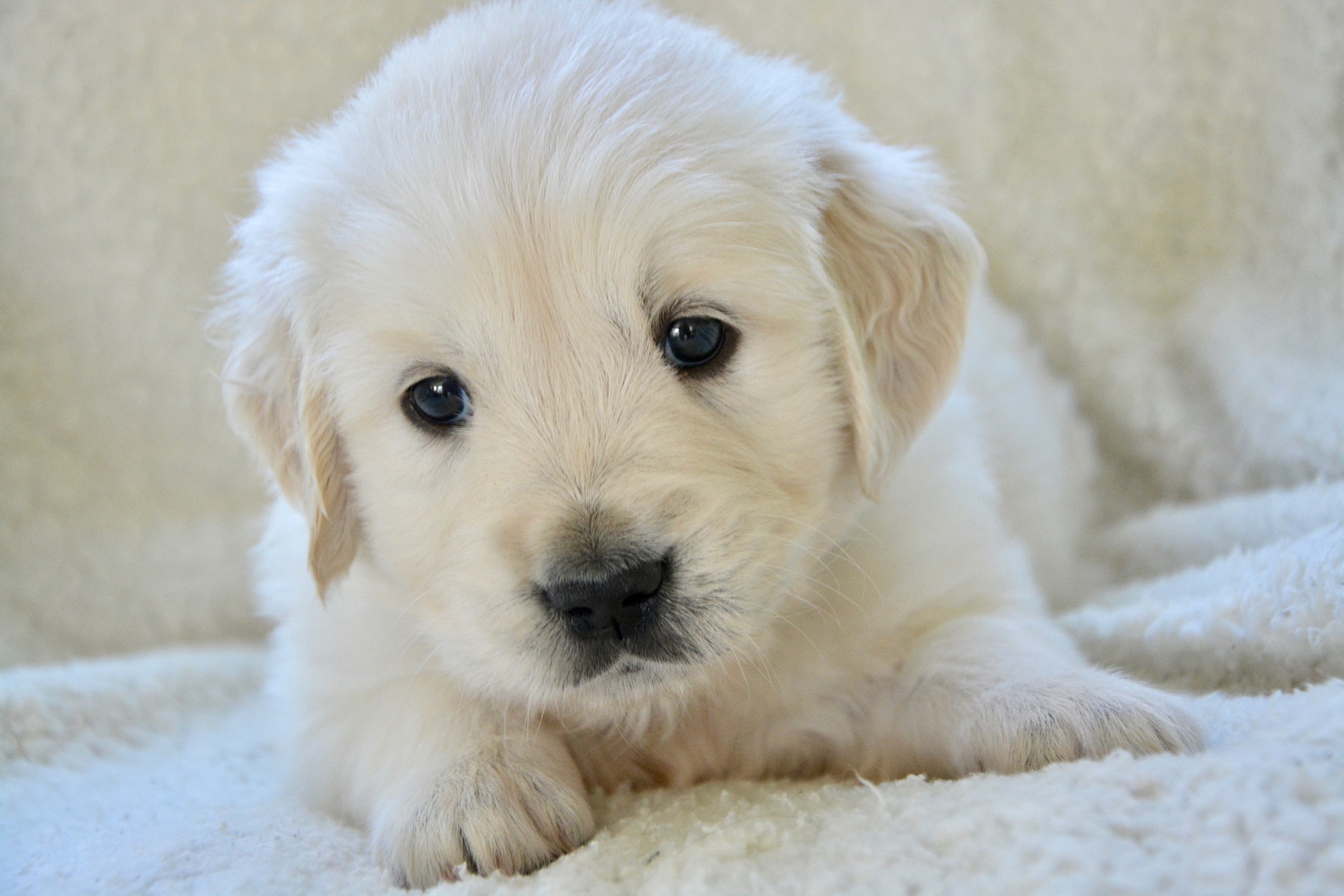
Keep the cage close to you
At night time, the cage should be in your room or close by.
And during the day, the cage should be close to where you spend your time.
The proximity to you will make your puppy feel more secure and allow you to grow a closer bond.
It might be worth buying two separate cages (one for your bedroom and one for your common area) depending on the size of your house.
And remember to keep the cage filled with items your puppy loves.
A blanket, his favorite toys, or any other items that make it feel more comfortable.
Ideally, it should be the ultimate chill zone that your puppy only associates with a positive feeling.
Make the cage a happy place and he’ll love spending his time in there.
Don’t use the cage as a punishment
The purpose of cage training is to give your puppy a place they can feel secure and safe.
A place they want to go to when they wish to relax.
So if you use the cage as punishment, they’re going to associate it with a negative feeling, and your cage training won’t be as effective.
Don’t leave your puppy in the cage all day
Would you leave your child in their room all day?
Of course not. That would be neglectful.
Just like children, puppies need attention.
They need breaks to relieve themselves, they need play time, they need to eat.
Don’t overuse the cage
Especially at the beginning, puppies won’t handle being in the cage for very long before they begin to associate it with punishment.
It’s also worth mentioning that puppies can rarely hold their bladder for more than 2 hours.
So when you are in the early stages of cage training, you should keep your puppy in the cage for no more than 90 minutes (2 hours max).
Don’t give up
And last but not least, cage training is a long-term process.
Results don’t happen right away.
So be patient, consistent, and over time, you’ll get the results you’re looking for.
Related: 5 Step-By-Step Exercises To Prepare Your Puppy For Cage Training
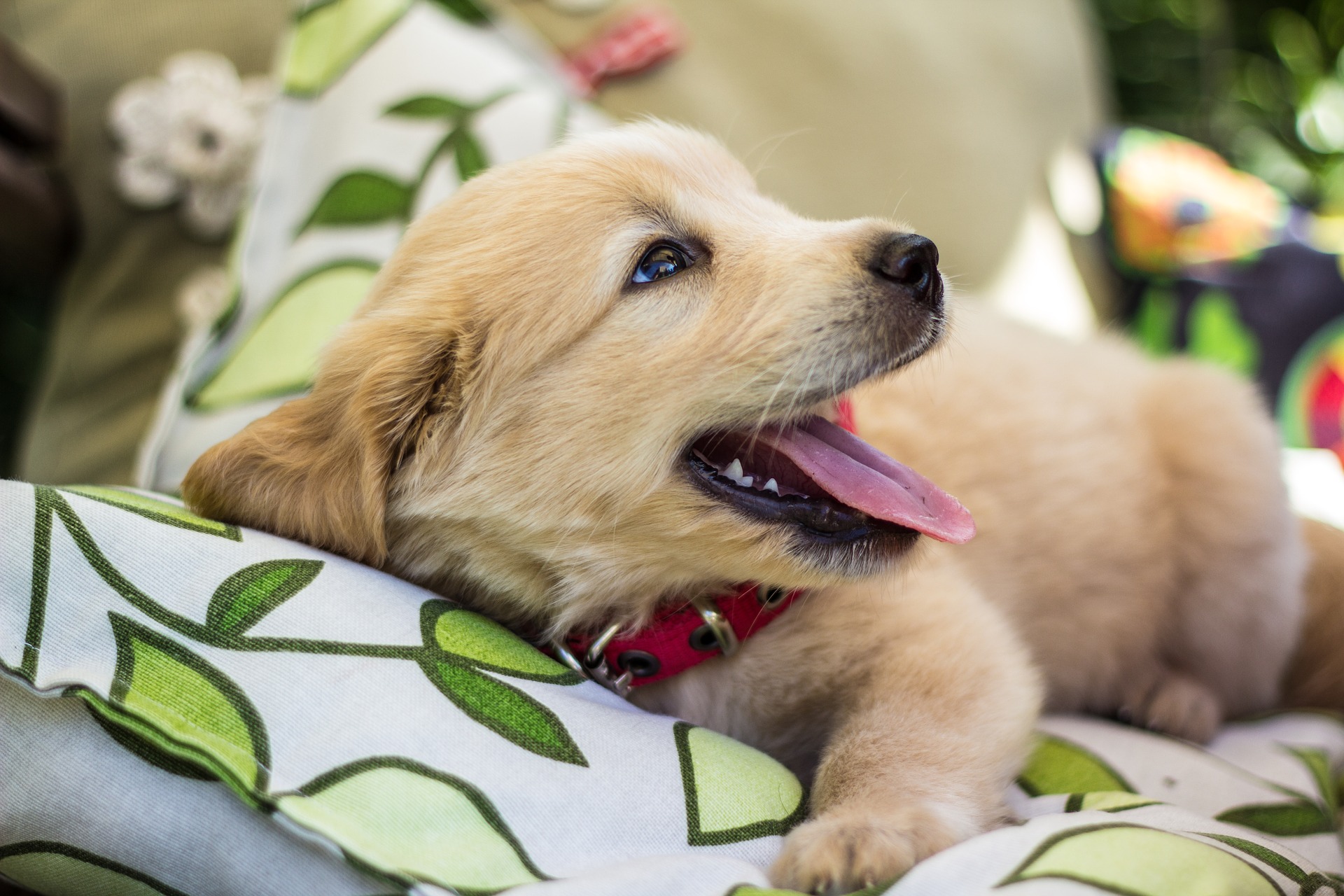
How To Cage Train Your Puppy – Getting Started
Puppy, Meet Cage
So now your set up and ready to go, your first step is to introduce your puppy to their new cage.
Don’t just toss them in, lock the gate, and walk away. This has to be a gradual process.
So before you do anything else…
-
- Show them the cage and be excited! Talk about it in a happy, energetic tone of voice.
- Play around the opening and put some toys inside.
- Let them wander in and out of the cage on their own.
- Entice them into the cage by placing treats inside. Let them go inside and get comfortable. Don’t shut the gate at this phase of training.
This is the first phase of getting your puppy familiar with his new crate.
It’s important not to force anything and just let your puppy be.
In time he’ll start to become more comfortable both in and around his cage.
When this becomes apparent you can then go ahead and move on to the next step…
Puppy And Cage On A Dinner Date
Next, you want to create an even more positive association of the cage for your puppy.
But before you do ask yourself…
…Is your puppy comfortable going in and out of the cage?
If so, you can start to feed him inside by following the steps below…
Step #1
Place your puppy’s food dish all the way in the back of the cage.
Leave the gate open and let them eat until they finish their meal.
Keep doing this until they are comfortable eating all their food without wandering around.
Step #2
Once your puppy is comfortable eating in the cage, the next time you feed them, close the gate.
As soon as they’re finished eating, open it back up so they can come out.
Step #3
Gradually, lengthen the time after they finish eating until you open the cage.
This will get them accustomed to being in the cage without food to eat.
A quick word of warning…
Younger puppies usually have little control over their bowels and bladder after eating and usually, need to go potty 15-20 minutes after eating.
So while it’s a great idea to leave them in the crate after eating, make sure you keep a close eye and look out for any sign your puppy needs to go potty.
Accidents can sometimes lead to your puppy developing a negative association with his cage and can undo weeks of hard work in the process.
Related: 5 Step-By-Step Exercises To Prepare Your Puppy For Cage Training
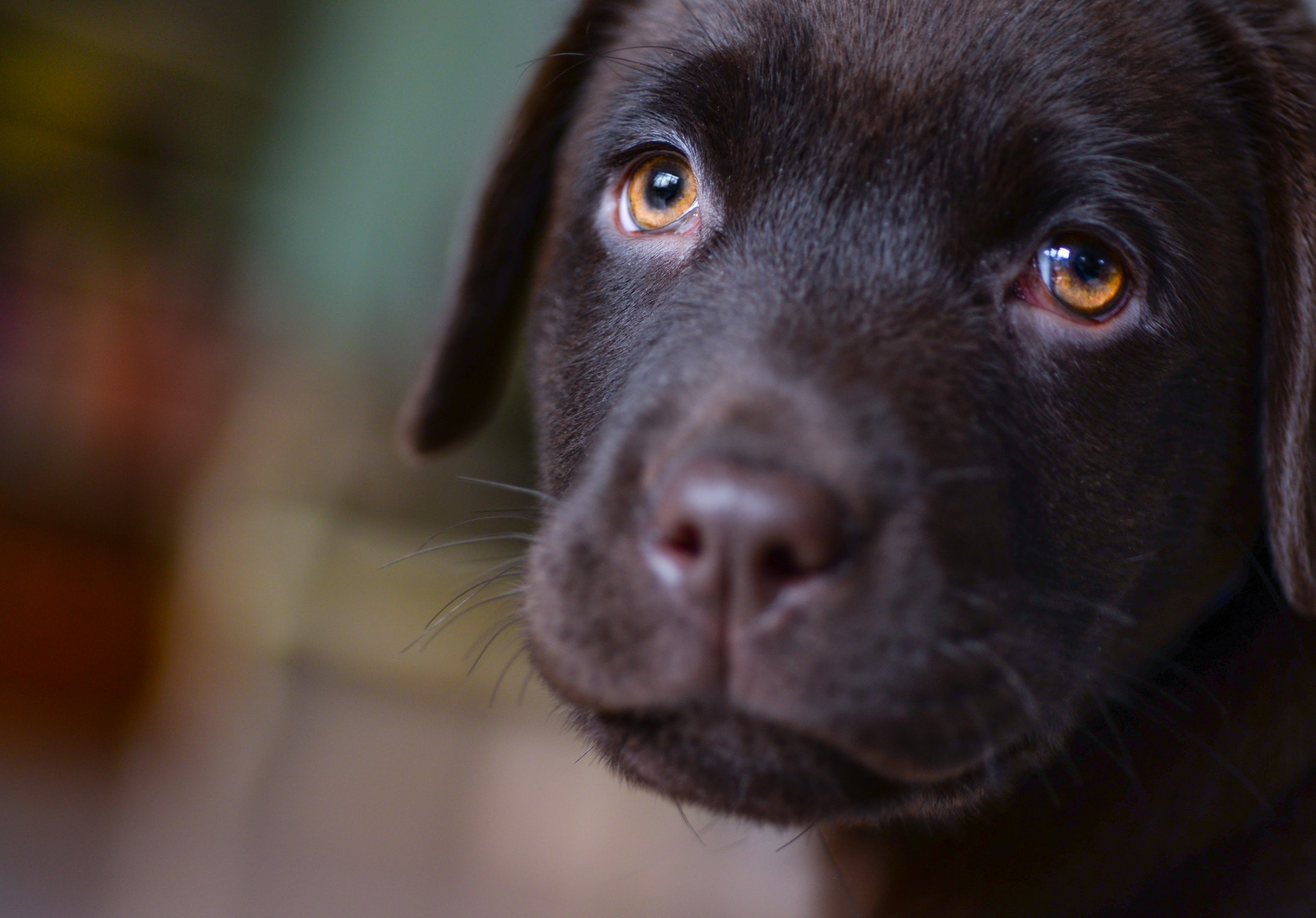
Your Puppy And Cage Spending Quality Time Together
So now your puppy can handle the cage during mealtimes and short periods afterward, you can move on to the next step.
In this step, your puppy will learn its OK to spend time in their cage outside of feeding time.
At this point in the training, it’s a good idea to associate a word or command with the cage.
When the puppy is near the cage, give them a command. For example, “In” or “Crate” or “House”.
Point inside the cage to encourage them to go inside. Once inside, give them the treat and praise them. Then close the door.
Stay close by the cage for five to ten minutes. Perhaps sit on the floor next to the cage.
When your puppy seems relaxed, get up and go to another room out of sight of the cage.
Wait a few minutes, then return.
Afterward, sit down by the cage for a few minutes, then let the puppy out.
Do this multiple times each day, and gradually increase the time the puppy stays inside the cage, as well as the length of time you stay out of the puppy’s sight.
Eventually, you will be able to leave your puppy alone in the crate for short trips away from the house (20-30 minutes at a time).
Your Puppy, Cage, And Night Time
As mentioned previously, when you’re cage training a puppy at night time, you’ll want to keep it in the same room as you (or at least in an adjacent, connected room).
Night time cage training is a little different than day time, as puppies – just like you – like to sleep at night.
But puppy’s bladders are small, so they’re going to have to go outside fairly often to relieve themselves.
So before you even think about locking him up for the night, make sure you do the following…
Take your puppy outside to relieve themselves before bedtime.
Give them the command you’ve chosen to go into the cage, then shut the gate. Go to bed. Try to avoid any stimuli that could overexcite your puppy or keep him awake.
When your puppy whines, take him outside to relieve himself. As soon as it’s done, take it back to its cage, give it the command to go into the cage, then shut the gate again.
Repeat as needed.
Related: 5 Step-By-Step Exercises To Prepare Your Puppy For Cage Training
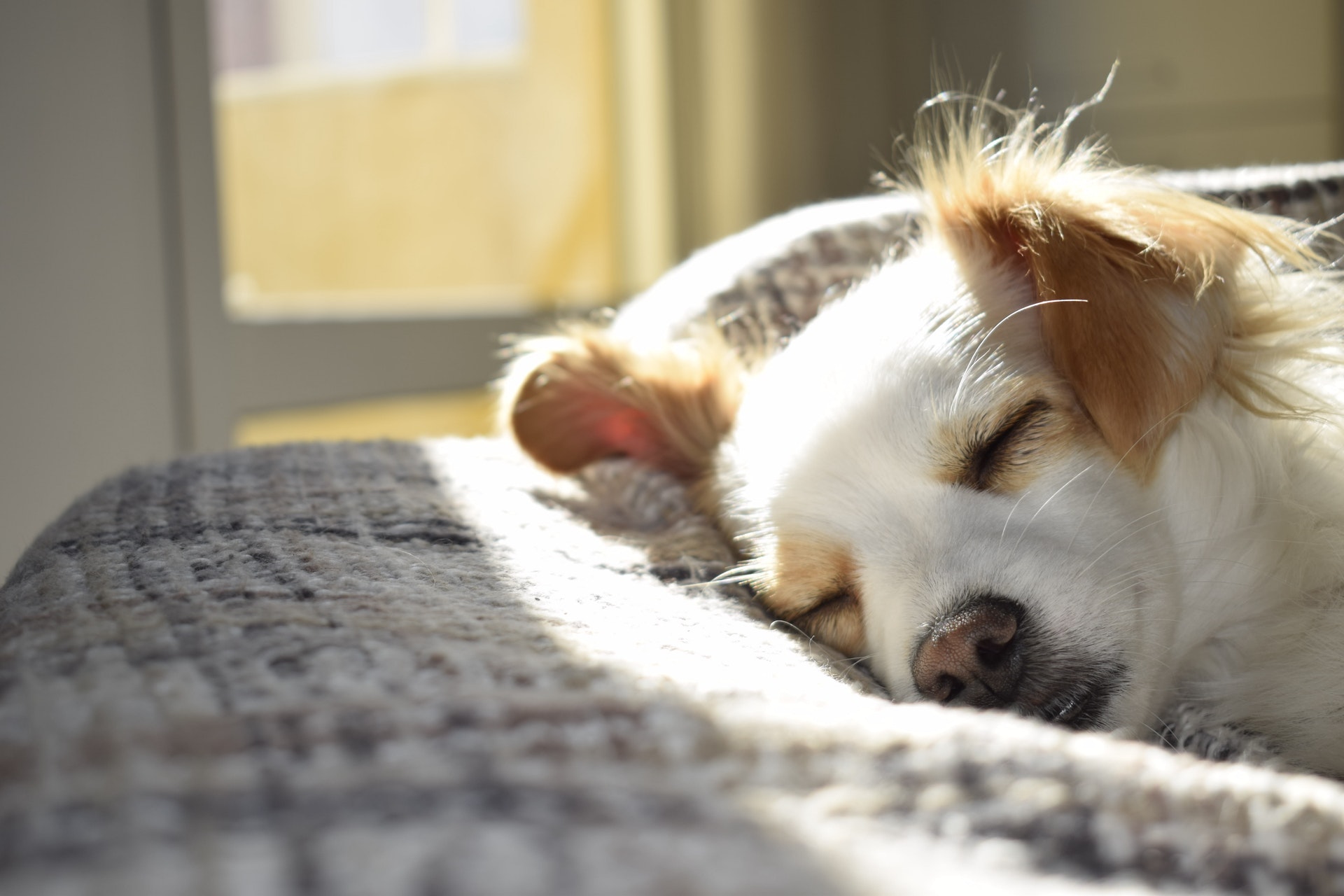
Set A Schedule
If you want to avoid your puppy making any demands when he needs to relieve himself, you can set a schedule.
Set an alarm for yourself and wake up. Then wake your puppy up.
Take him outside to relieve himself, then settle him back into the cage and shut the gate.
Over time, you can lengthen the intervals between alarms. This will help your puppy learn to hold his bladder longer.
Anyway, puppies will naturally be able to hold their bladder longer the older they get.
So this shouldn’t be too much trouble as your puppy gets older.
To Give You An Example…
When we got our very first puppy, Sherlock, we initially let him decide when it was time to go outside at night.
Whenever he would whine, one of us would get up and take him out to relieve himself.
The problem we ran into was sometimes he just wanted to play.
He quickly learned that when he whined we would let him out of his cage. After a week or two of this, we changed tactics.
The solution…
We set an alarm for two hours after bedtime.
When the alarm went off, one of us would grab Sherlock (often having to wake him up), take him outside, and wait for him to relieve himself.
As soon as he was finished, he went back into his cage and we would set another two-hour alarm.
Over a few weeks, we gradually lengthened the time between alarms.
This method worked much better for us, and in no time, he was sleeping through the night.
Related: 5 Step-By-Step Exercises To Prepare Your Puppy For Cage Training

Is Cage Training Worth The Effort?
Cage training a puppy is a rewarding experience and is well worth the effort, but you will need to be patient.
Give your puppy time to adjust, set a slow pace, and remember you’re doing this because you love your puppy and want the best for them.
In the long run, it will be rewarding for both you and your pet.
One of my most memorable, “I’m so glad we cage-trained” moments with Sherlock was when he was about six-months-old.
By this point, he loved his crate and was sleeping through the night.
We’d transitioned him from our room to our living room down the hall.
We woke up in the middle of the night to him whining.
That was very out of the ordinary for him so we both got up to check on him.
He’d gotten sick and had diarrhea (after a vet visit, it turned out to be just a bug, nothing too concerning).
If he hadn’t been cage-trained, I can’t even imagine having to clean up that mess.
But with the cage, we just had to take it outside, spray it off, then wash it with some soap and water.
Not only is it great for you as a pet owner, but it’s also great for your puppy.
Sherlock’s crate was his safe place. He could go in there to relax, take a nap, or let our young son know to back off and let him have his space (our son knew that when Sherlock was in his cage, he was to be left alone).
Final Thoughts
When you cage train a puppy, you get the best of both worlds.
You get a puppy that is well-trained, you gain some freedom to leave the hose, and you get to sleep through the night without interruption.
Your puppy also gets some structure in his life, gets a safe place that is all it’s own, and ultimately learns how to cope without anxiety whenever not always around.
Related: 5 Step-By-Step Exercises To Prepare Your Puppy For Cage Training
Do you have any thoughts about cage training a puppy? Let me know in the comments below…
